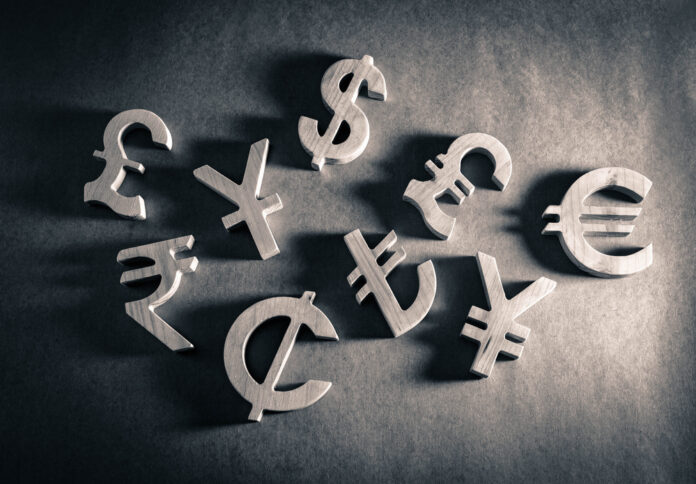The U.S. dollar plunged on Monday, hitting multi-year lows, as investors grew uneasy over potential political interference in the Federal Reserve’s independence. Comments from the White House hinting at a possible leadership shake-up at the central bank added to investor jitters.
By 08:55 ET (14:55 GMT), the U.S. Dollar Index—which tracks the greenback against a basket of six major currencies—had fallen 1.2% to 98.21, after briefly touching a three-year low of 98.164. The greenback posted steep losses across the board: falling 1.4% against the Swiss franc to 0.8048, slipping to a seven-month low versus the Japanese yen, while the euro jumped 1.3% to $1.1542. Meanwhile, the British pound climbed to its highest level since September and the Australian dollar surged to a four-month peak.
Trading volumes remained thin, with markets in Europe, Hong Kong, and Australia closed for Easter Monday. Many markets were also shut last Friday for the Good Friday holiday.
Market sentiment deteriorated after White House economic adviser Kevin Hassett said President Donald Trump and his team were examining whether they had the authority to dismiss Fed Chair Jerome Powell. The remarks followed renewed criticism from Trump, who accused Powell of not moving quickly enough to cut interest rates in response to economic pressures.
Despite political pressure, Powell last week signaled that the central bank is not considering immediate rate cuts, citing concerns about inflation and economic uncertainty stemming from ongoing tariff disputes.
Yuan Strengthens Slightly as PBOC Holds Rates
In China, the yuan gained modestly as the People’s Bank of China (PBOC) left its key loan prime rates unchanged. The onshore USD/CNY pair fell slightly, while the offshore USD/CNH slipped 0.2% during the session.
The central bank kept the one-year Loan Prime Rate at 3.1% and the five-year rate — which influences mortgage pricing — steady at 3.6%. The decision suggests that Chinese policymakers are leaning on fiscal tools rather than further monetary easing to support growth.



